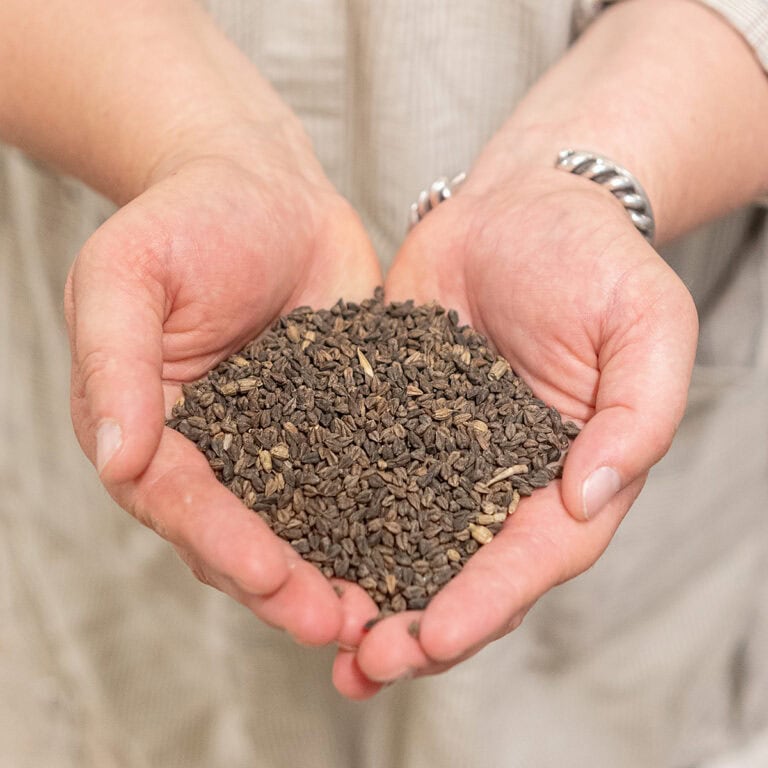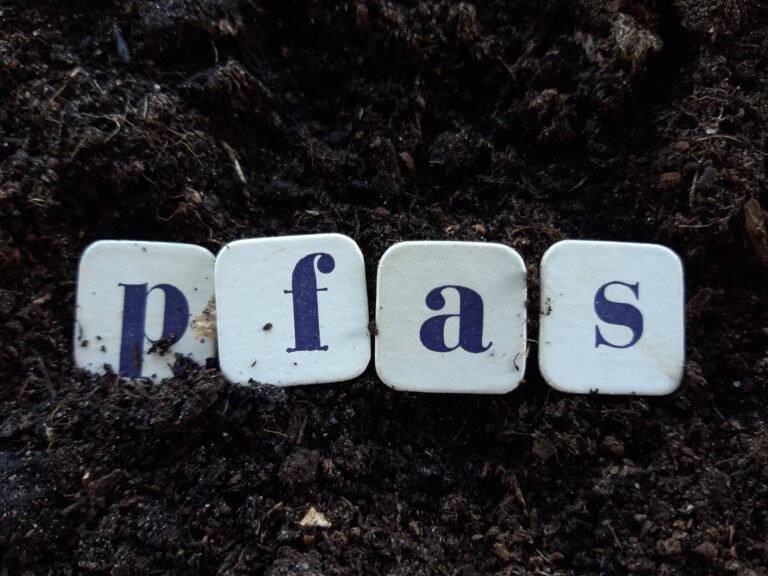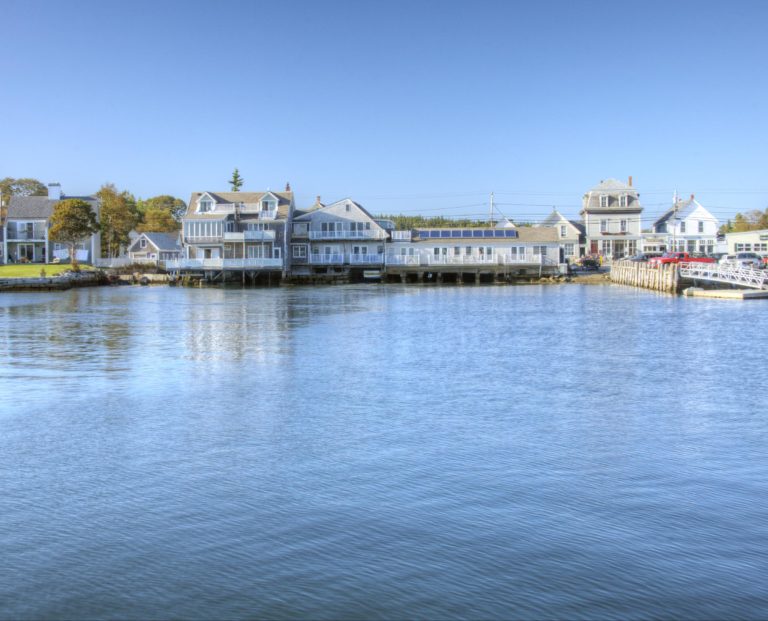One of the more complex relationships I must explain to students I teach this year involves North Atlantic right whales and lobsters. While there’s no known direct biological relationship between these two species, climate change and entrenched positions on natural resource management have entangled them¬, as well as those who harvest, sell, cook, and eat lobster, in a maelstrom of controversy, closures, and court cases.
You’ve likely read about the highly publicized legal battle involving environmentalists, scientists, politicians, and lobstermen regarding recently imposed measures taken to reduce untimely right whale deaths. Researchers sounded the alarm after 34 whales died since 2017 in Canadian and Maine waters from a variety of causes: 11 from ship strikes, nine from fishing gear entanglements, and one from calving, plus 13 deaths of unknown origin, according to the National Oceanic and Atmospheric Administration (NOAA).
NOAA estimates another 16 whales were seriously injured in that time frame, 14 from entanglements. Researchers at the New England Aquarium’s Anderson Cabot Center for Ocean Life figure more than 85% of the estimated 360 remaining right whales have been entangled in fishing gear at least once in their lives.
Last summer, NOAA announced new rules aimed at protecting right whales from entanglements in traditional lobster traps sitting on the ocean floor and connected by rope to a buoy on the surface. The most immediate change was the closure of nearly 1,000 square miles of lobstering ground off Midcoast Maine between October and January.
That closure happened even though Maine lobster gear has been positively identified in only one right whale entanglement since 2004, and that whale survived the ordeal. Maine lobstermen say the seasonal closure and other measures, which together aim to reduce whale mortality by 98% over the next 10 years, leave them unfairly burdened.
As both lobsterman and policymaker, Genevieve McDonald, Stonington’s Democratic representative to the state legislature, agrees that Maine lobstermen are laden with an outsized socioeconomic burden compared to the risk they pose to the whales. “We are not seeing other marine users such as cruise ships being tasked with onerous regulations,” says McDonald.
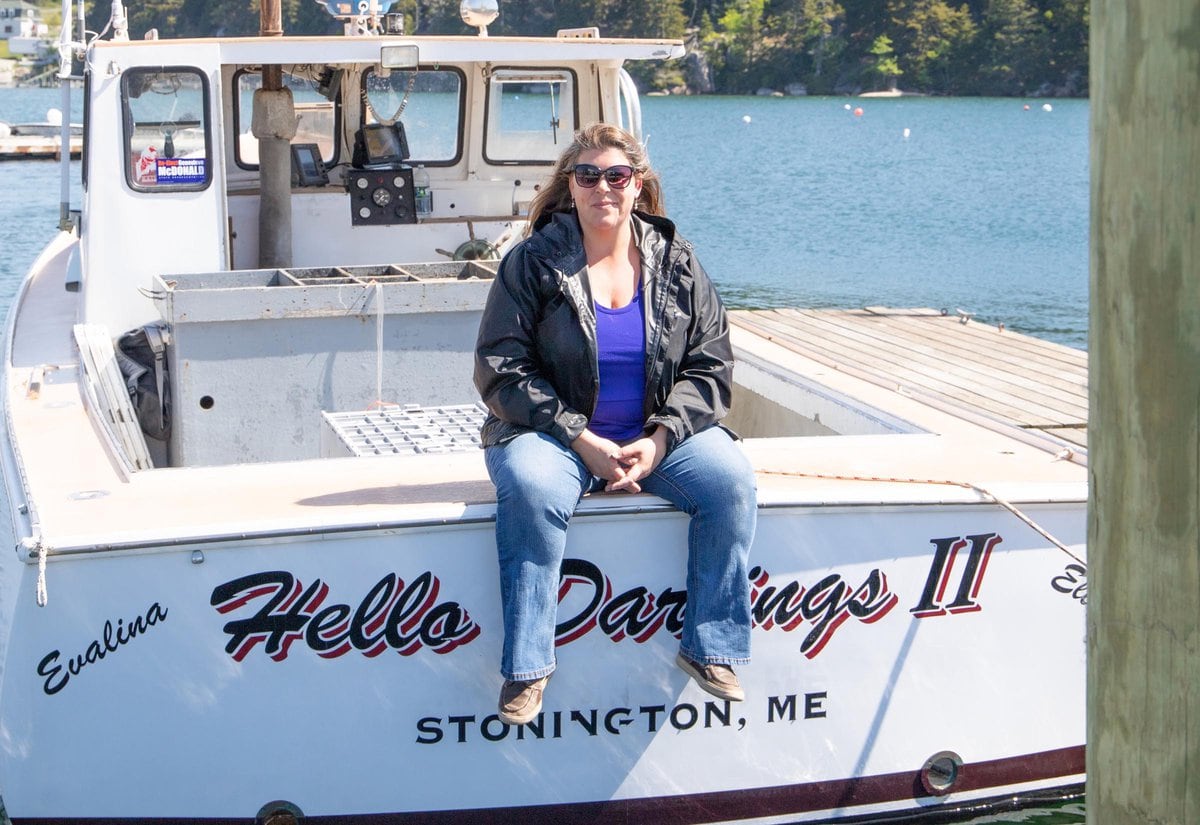
McDonald points to what she calls a “pie in the sky” ropeless gear exemption for the closed area as an example of that burden. This new gear connects harvesters’ traps to their boats via electronic modems used to locate them. A trap gets to the surface when a harvester remotely triggers either the release of a buoy with several hundred feet of line attached to the trap or pressurized air from tanks on the sunken trap to float.
Lobstermen question how this gear will work reliably in areas with thousands of traps are fished by hundreds of harvesters in water up to 720 feet deep, often in stormy conditions. They also claim the gear would take longer to haul, requiring more time on the water and escalating costs and safety hazards while reducing profit. Moreover, the gear won’t be widely available for quite some time, and its sky-high price—nearly $4,000 per trap—would bankrupt many lobstermen.
“As an environmentalist, I certainly understand the desire to protect a critically endangered species. The newly issued federal regulations are not doing that in a way that is effective for right whales or Maine lobstermen,” says McDonald.
McDonald says the closure itself might even increase risk for right whales; she notes that the 60 to 120 boats displaced by the closure could end up crowding their traps around the perimeter of the closed zone, creating a curtain of rope lines. While she does not fish in the closed area, she will have to adapt the 400 traps she fishes near Stonington to fall in line with other costly gear mandates by the summer season. Those include adding rope lines with weak links that break away if a whale swam into them.
Some Maine scientists say the primary issue at hand isn’t entanglements in Maine lobster gear. It’s climate change.
“The pattern we’re seeing in right whales seems to be more consistent with oceanographic shifts than in any major shift in fishing in the Gulf of Maine,” says Bob Steneck, professor of marine sciences at University of Maine. Citing recent research, he claims the warming of the Gulf of Maine itself and changing oceanic currents have altered the abundance and migratory patterns of tiny copepod that serves as the primary food source for right whales.
A documented decline in the copepod populations right whales favor has likely affected the whale population’s overall health, which in turn may be reducing the rate at which the whales are calving. “I’m very concerned that even if you removed all fishing gear, if the [copepod] population continues to decline, the right whale population will continue to decline,” he says.
Steneck and McDonald say that rather than foisting the risk-mitigation burden entirely on lobstermen, officials should direct more research and funding to finding accurate, dependable ways to track right whales in real time. Current methods of tracking whales involve acoustic readings and visual sightings, and they are notoriously challenging and often inexact.
Real-time tracking would give fishery managers, fishermen, and shipping regulators more information on where whales are and allow them to respond nimbly. This model of real-time rulemaking and compliance appears in other well-managed fisheries like the sockeye salmon fishery in Bristol Bay, Alaska.
Regulators and environmentalists who support the closures say acoustics, visual identification, and data modeling prove whales travel in areas where lobster gear sits. Sean Todd, marine biologist and director of Allied Whale, a research group located at the College of the Atlantic in Bar Harbor, spent years disentangling whales off Newfoundland and is part of a disentanglement response team in the Gulf of Maine.
He bemoans how widespread politicization and misinformation has skewed the perception of the science behind the issue. “I am convinced ropeless fishing can work on a large scale,” he says. “There will need to be compromise. I’m not about closing down the lobster industry; I think that would be tragic. … I want to see a solution whereby both whales and lobstermen survive.”
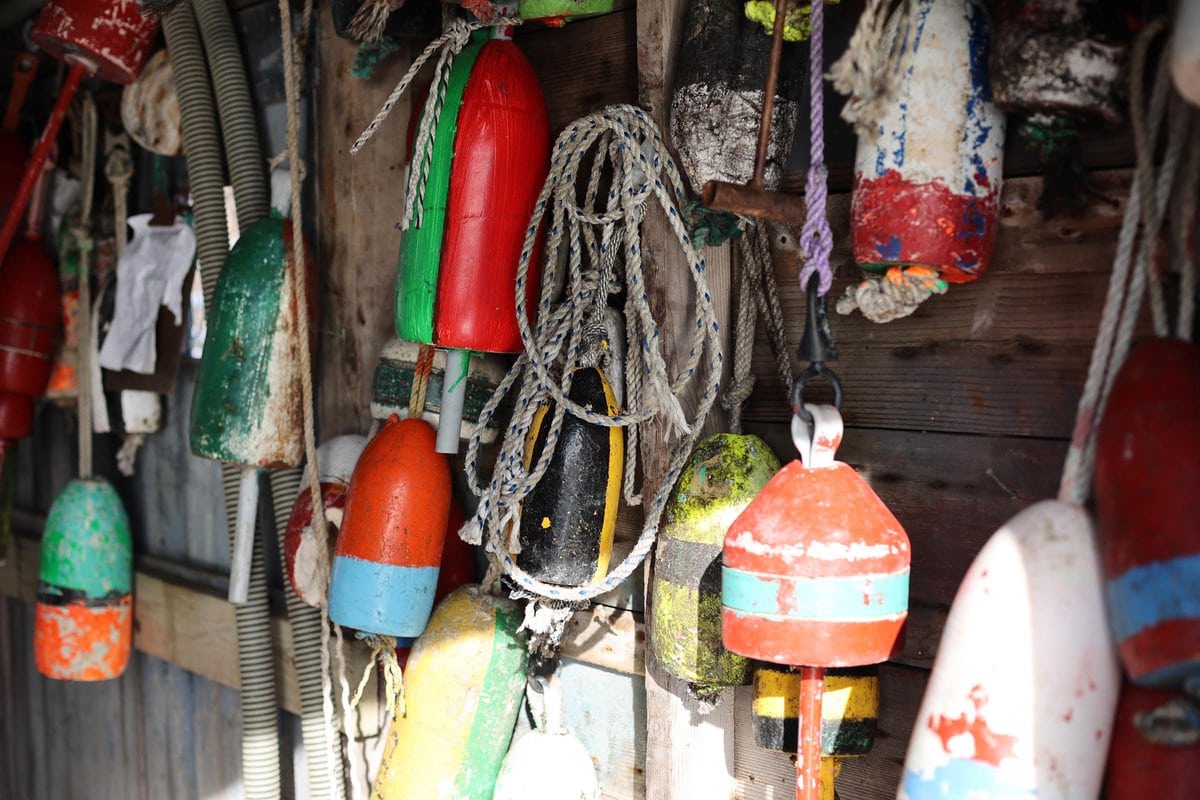
Abiding by the new rules, especially achieving a 98% reduction in whale mortality, will be hard. “For fishermen to survive this kind of draconian reduction, it means changes like they have not considered—it’s a total reinvention of the Maine lobster fishery,” says Patrick Keliher, commissioner of the Maine Department of Marine Resources.
Climate change and complex global markets already affect the price of lobster in restaurants. Daron Goldstein, chef/owner of Provender Kitchen + Bar in Ellsworth, watched his profits on lobster dishes disappear this summer, paying as much as $52 a pound for Maine lobster meat. “We have to have some kind of lobster on the menu,” he says. “But … your best-selling item [can’t also be the one with] your lowest margin.”
The potential outcome of not offering lobster at all due to the right whale issue is daunting. “We would lose a portion of tourists if we had to remove lobster from the menu,” Goldstein says. He hopes the issue doesn’t boil down to consumers having to pick between saving right whales and eating lobster.
But that’s where Eben Wilson sees the issue headed. He hauls 600 traps off the F/V Lettie Elise out of East Boothbay. “As a lobsterman, your intention is to never harm a whale,” says Wilson. But for him, ropeless gear is a non-starter due to the cost, the impracticality of setting and retrieving traps accurately in a crowded field, and the potential increased carbon footprint of motoring around to work the traps remotely.
“My business window is seven years,” he says, referring to the time frame he can continue to fish with traditional gear.
There are no easy answers. As the Gulf of Maine continues to warm, lobster populations will continue to move north and east (which is currently occurring at a rate of 40 miles per decade); right whales will move to where their food source move, and the Maine lobster industry will shift too. I often repeat to my students something Steneck has said to me: We aren’t going to fix climate change, but we’d better learn to adapt to it.
The bottom line in this conflict lies in lobstermen must get more of a voice in deciding how to adapt to the issue of declining right whales, especially if it means completely changing how they fish.
Editor’s Note (2024) – Since this story first ran, tensions over the regulation of Maine’s lobster industry to protect the endangered North Atlantic right whale have only intensified. While the article originally detailed the closure of nearly 1,000 square miles of lobster fishing grounds, the issue remains contentious as both the federal government and environmental groups push for further protective measures.
The number of North Atlantic right whales has dropped to fewer than 340, with entanglements in fishing gear identified as a significant threat to the species. However, Maine lobstermen argue that their gear has been linked to very few of these incidents. They continue to face increasing financial burdens from evolving regulations, including expensive gear modifications such as ropeless traps, which remain cost-prohibitive for many smaller operations.
Recently, the National Oceanic and Atmospheric Administration (NOAA) proposed additional rules, drawing further criticism from the lobster industry. The debate highlights the growing concern over climate change’s role, with warming Gulf of Maine waters shifting whale migratory patterns and their food sources, complicating efforts to resolve this issue. Scientists like those at the University of Maine emphasize that this broader environmental factor might be more critical than fishing entanglements alone.
This ongoing struggle underscores the need for continued research, technological innovation, and dialogue between environmentalists and the fishing community to protect both livelihoods and wildlife. For more recent developments, visit NOAA or local marine research sources.







